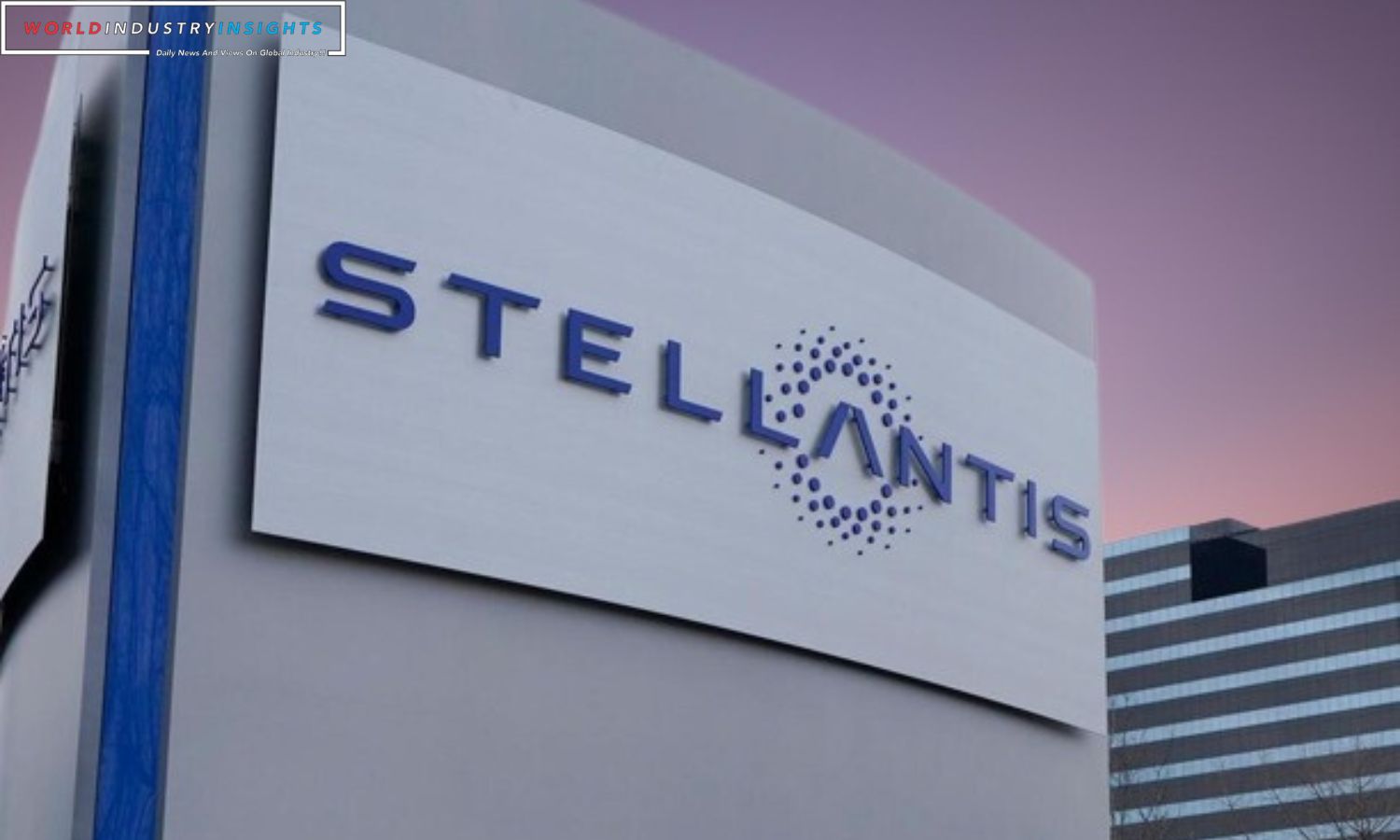Stellantis Navigates EV Shift: Chrysler’s parent company, Stellantis, announced on Monday that it’s offering voluntary buyouts to 6,400 U.S. salaried employees as part of its cost-cutting strategy during the shift to electric vehicles and the negotiation of a new contract with the United Auto Workers.
This buyout initiative targets approximately half of the company’s salaried U.S. employees not covered by a union, totaling 12,700. Another 2,500 unionized Stellantis U.S. salaried workers will not be eligible for the current buyout. To qualify for the voluntary departure package, salaried employees must have a minimum of five years of experience, and those who agree to the incentive will leave by the end of December.
Stellantis emphasized these actions as necessary structural measures to safeguard their operations and the company, citing the ongoing preparations for the transition to electric vehicles.
In April, Stellantis extended voluntary exit packages to 33,500 U.S. employees, covering 31,000 U.S. hourly workers and around 2,500 salaried workers. The company also offered similar packages to some employees in Canada. Mark Stewart, Stellantis Chief Operating Officer, highlighted the imperative to enhance efficiency following a comprehensive review of their operations.
Also Read: Stellantis Forges EV Partnership: 20% Stake in Leapmotor
Last October, Stellantis provided voluntary buyouts to U.S. salaried employees aged 55 or older with at least ten years of service.
Under the United Auto Workers (UAW) contract, the company committed to offering $50,000 buyouts for veteran production and skilled trade members, with additional buyout offers planned for 2024 and 2026. Stellantis disclosed on October 31 that it aims to offset the significant financial impact of strikes in North America, which resulted in substantial pay increases. The company is actively exploring potential cost-cutting measures.
Natalie Knight, Stellantis CFO, acknowledged the unexpectedly prolonged six-week strikes, estimating a financial impact of less than 750 million euros ($800 million) in profitability and approximately 3 billion euros in revenue for the full-year 2023.
While Stellantis didn’t provide specific estimates for future labor costs, it indicated a need for adjustments following new agreements with unions in North America.
Our Reader’s Queries
What are the future plans for Stellantis?
Stellantis is committed to electrification and has pledged to invest over 50 billion in the next ten years. This investment is aimed at achieving the Dare Forward 2030 targets, which include a 100% passenger car BEV sales mix in Europe and a 50% passenger car and light-duty truck BEV sales mix in the United States by 2030. With this significant investment, Stellantis is taking a bold step towards a more sustainable future.
Can you shift gears with EV?
Did you know that electric vehicle engines don’t need gear shifting and operate silently, unlike their gasoline counterparts? This is because the aim is to replicate the feel of driving an older or manual transmission car for those who crave that experience.
What is the Stellantis EV conversion?
Stellantis has come up with a brilliant idea that allows you to keep your existing vehicle and replace its engine with a battery that can cover a distance of 120 miles. This means that even if your car has already clocked 100,000km (62,000 miles), you can still enjoy the benefits of an electric vehicle. However, the payload capacity may decrease slightly to around 900kg. With this innovative solution, Stellantis is making it easier for people to switch to electric vehicles without having to buy a brand new car.
Who is the CEO of Stellantis EV?
Stellantis CEO, Carlos Tavares, has shared his thoughts on the future of the EV industry, and it seems that some startup companies may not survive. Tavares’ insights shed light on the challenges that lie ahead for the industry, and it’s clear that only the most innovative and adaptable companies will thrive. As the industry continues to evolve, it’s important for companies to stay ahead of the curve and remain competitive in this rapidly changing landscape.


